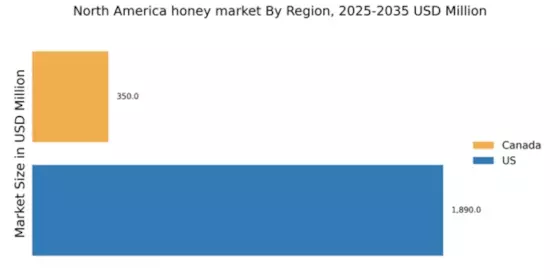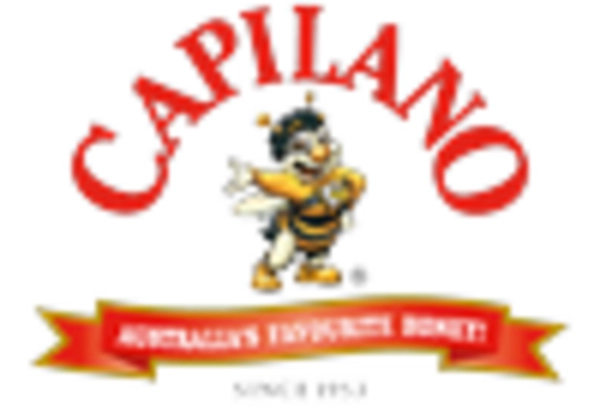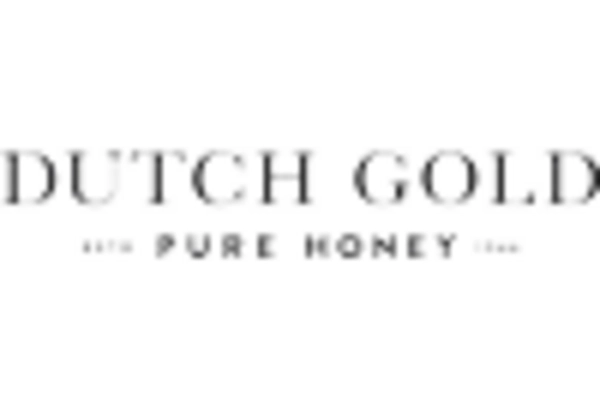Innovative Product Offerings
Innovation within the honey market is becoming increasingly important as manufacturers seek to differentiate their products. The introduction of flavored honey, honey-infused beverages, and functional honey products that offer added health benefits are gaining traction among consumers. In North America, the market for specialty honey products has expanded, with sales projected to grow by 15% annually. This trend suggests that consumers are not only looking for traditional honey but are also interested in unique and diverse offerings. As companies continue to innovate and expand their product lines, the honey market may experience a significant transformation, catering to evolving consumer tastes and preferences.
Sustainable Beekeeping Practices
Sustainability has emerged as a crucial consideration in the honey market, particularly in North America. The growing concern over environmental issues and the decline of bee populations has led to an increased focus on sustainable beekeeping practices. Many consumers are now inclined to support brands that prioritize eco-friendly methods and ethical sourcing. This shift is reflected in the market, where honey products labeled as sustainably sourced have seen a growth of approximately 25% in sales over the past year. As consumers become more environmentally conscious, the demand for sustainably produced honey is expected to rise, potentially reshaping the competitive landscape of the honey market.
Growing Interest in Local Products
The trend towards supporting local businesses and products is significantly impacting the honey market in North America. Consumers are increasingly interested in purchasing honey that is locally sourced, as it is often perceived as fresher and more authentic. This preference for local products has led to a rise in farmers' markets and local honey producers, with sales of locally sourced honey increasing by approximately 20% in recent years. This shift not only supports local economies but also fosters a connection between consumers and producers, enhancing the overall appeal of honey products. As this trend continues, it is likely to further influence consumer behavior within the honey market.
Health Consciousness Among Consumers
The increasing awareness of health and wellness among consumers appears to be a pivotal driver in the honey market. As individuals seek natural alternatives to processed sugars, honey is often perceived as a healthier option due to its potential health benefits, including antioxidant properties and natural energy sources. In North America, the demand for organic and raw honey has surged, with sales reaching approximately $300 million in 2023. This trend indicates a shift towards healthier eating habits, which is likely to continue influencing consumer preferences in the honey market. Furthermore, the rise in health-related information available through various media channels may further propel this trend, as consumers become more informed about the nutritional advantages of honey.
Regulatory Standards and Quality Assurance
Regulatory standards play a vital role in shaping the honey market in North America. As consumers become more discerning about the quality of their food, the demand for transparency and quality assurance has intensified. Regulatory bodies are increasingly implementing stringent guidelines to ensure that honey products meet specific quality standards. This focus on regulation is likely to enhance consumer trust and confidence in honey products, potentially leading to increased sales. In 2023, the market saw a 10% increase in sales of honey products that met high-quality standards. As regulatory frameworks continue to evolve, they may significantly impact the competitive dynamics of the honey market.


















Leave a Comment